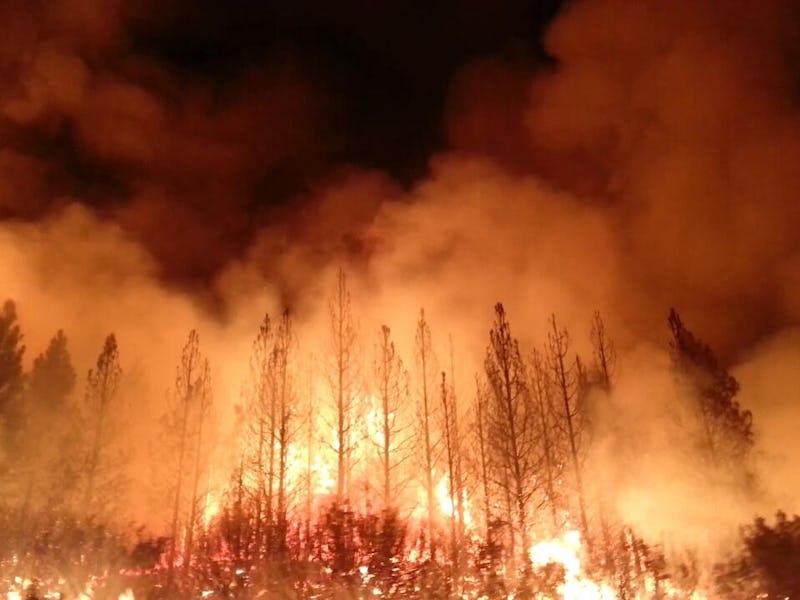Why One Degree Really Matters in the Paris Agreement Temperature Goal
And you thought the natural disasters in 2017 was bad.

Last year was a devastating year for natural disasters: record-setting hurricanes, floods, and wildfires battered the United States, causing catastrophic loss of life and property damage. And according to climate researchers from Stanford University, 2017 will be just the start of extreme weather if countries don’t meet the goals of the Paris Agreement.
In a study published in Science Advances on Wednesday, Noah S. Diffenbaugh, Deepti Singh, and Justin S. Mankin outlined the probability of extreme weather events occurring in the future based on two scenarios: if countries meet the aspirational goals outlined in the Paris Agreement, and if countries meet the environmental commitments that they made for themselves.
While in an ideal world these two scenarios would be the same, it usually shakes out to most countries setting caps on fossil fuel consumption and adding taxes to harmful environmental practices. The ultimate goal is simply to keep global temperature rise below two degrees Celsius, with each country setting their own policies to help reach this goal.
It’s clear, however, these individual commitments from countries aren’t substantial enough to meet this goal. Based on current policy, global temperatures will rise between two and three degrees Celsius, which is one degree above the key goal of the agreement.
Sure, this degree may not seem like a huge difference numerically, but the researchers found even the smallest temperature increase drastically changes the likelihood of extreme weather events.
The scientists used climate models pulled from data between 1961 and 2005 to determine the probability of hot, cold, wet, and dry extremes occurring in 2035 and 2055. The researchers then applied that two- to three-degree increase to find out what the climate would look like in 2035 and 2055.
The probability of an extreme hot event grows with rising temperatures.
The probability of record-setting precipitation increases threefold across more than 35 percent of North America, Europe, and East Asia if global temperatures rise more than two degrees. If temperature rise stays below two degrees, the likelihood of record-setting precipitation drops to less than 10 percent. The researchers found similar prognoses for hot, cold, and dry extremes.
There’s still time to make climate commitments even more ambitious and reach the goals laid out in the Paris Agreement. Sure, our planet is only going to become more prone to natural disasters, but we will become substantially more vulnerable to violent weather patterns if the temperature keeps rising.
Abstract: The United Nations Paris Agreement creates a specific need to compare consequences of cumulative emissions for pledged national commitments and aspirational targets of 1.5° to 2°C global warming. We find that humans have already increased the probability of historically unprecedented hot, warm, wet, and dry extremes, including over 50 to 90% of North America, Europe, and East Asia. Emissions consistent with national commitments are likely to cause substantial and widespread additional increases, including more than fivefold for warmest night over ~50% of Europe and >25% of East Asia and more than threefold for wettest days over >35% of North America, Europe, and East Asia. In contrast, meeting aspirational targets to keep global warming below 2°C reduces the area experiencing more than threefold increases to 90% of North America, Europe, East Asia, and much of the tropics—still exhibit sizable increases in the probability of record-setting hot, wet, and/or dry events.